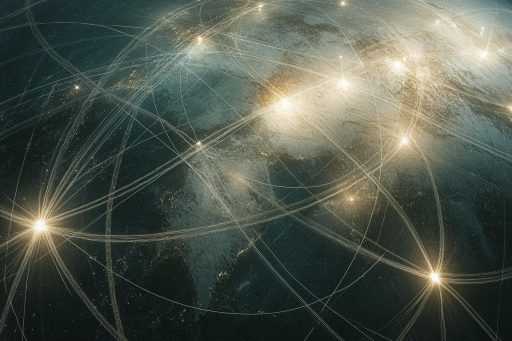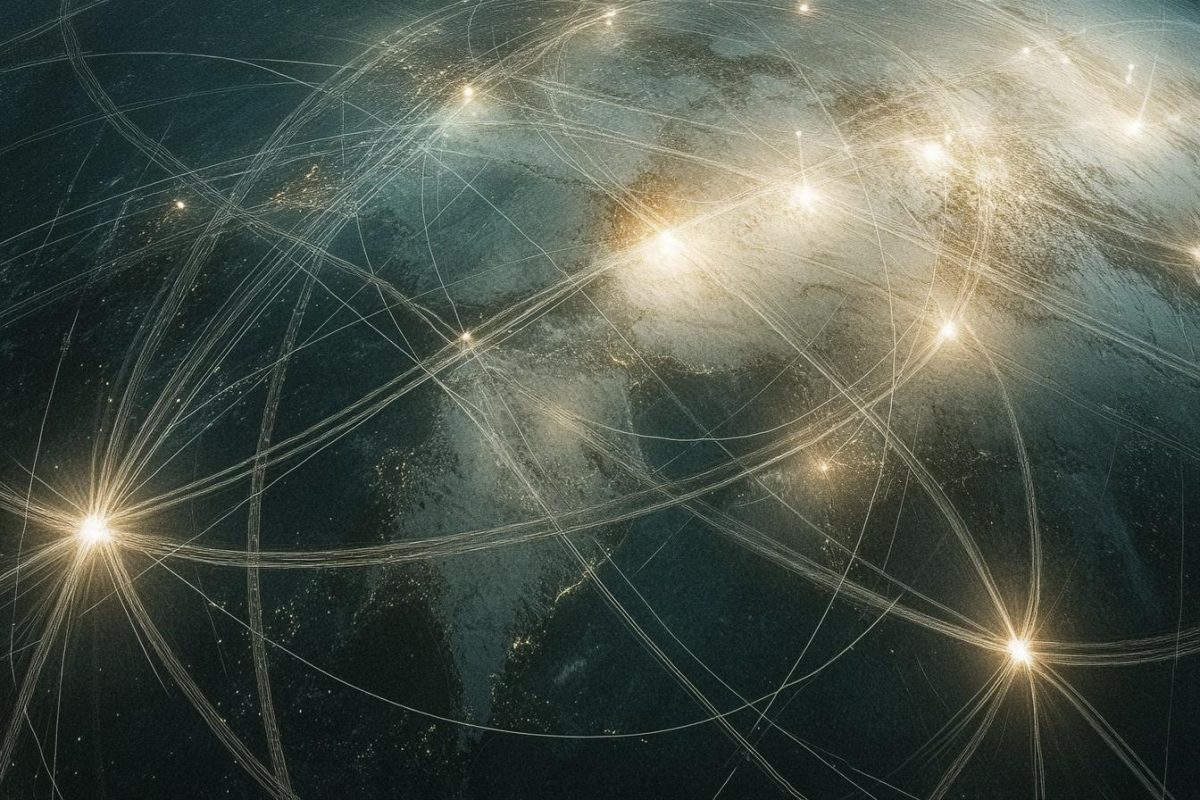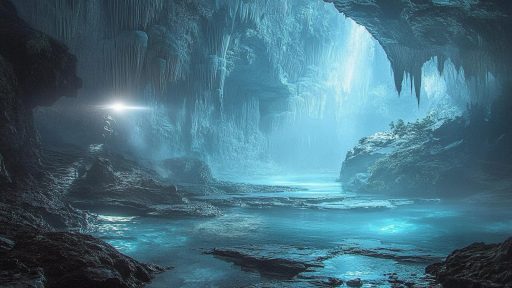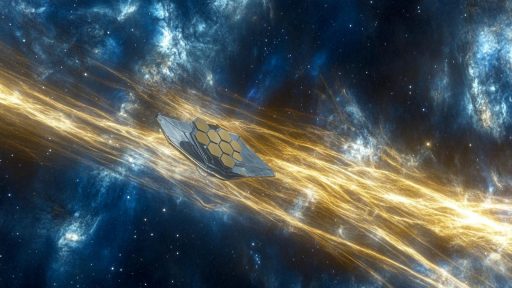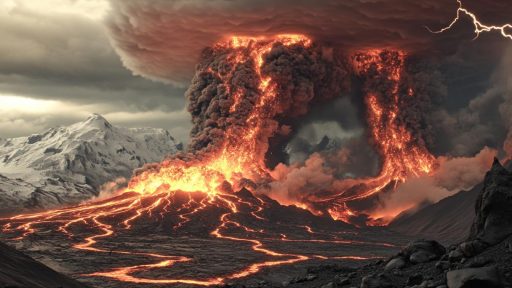
Despite satellites, drones, and global exploration, vast corners of our world remain cloaked in mystery. These are the places where maps blur, compasses falter, and nature guards her secrets with icy silence or sweltering heat. From jungle-covered sinkholes to forbidding mountaintops, these remote locations defy easy answers and challenge our understanding of Earth itself. What hides in these places no one fully knows—yet their silence speaks volumes.
The Darien Gap, Panama-Colombia

This lawless stretch of jungle is one of the most impenetrable places on the planet. Dense rainforest, swampy terrain, and a lack of infrastructure make it nearly impossible to map or traverse safely. Few dare to cross it—not just because of nature’s wrath, but due to human threats from smugglers and guerilla groups. It remains a place known more for its dangers than its discoveries.
Lake Vostok, Antarctica

Buried under two miles of ice, Lake Vostok is one of the largest subglacial lakes on Earth—and one of the most isolated. Scientists believe it has been sealed off for millions of years, potentially harboring unknown forms of microbial life. Accessing it is extremely difficult, and drilling efforts are met with both environmental concerns and technical challenges. What lies in its pitch-black depths remains speculation.
Tsingy de Bemaraha, Madagascar

This jagged stone forest, filled with towering limestone spires, is almost impossible to explore on foot. Sharp formations slice through the landscape, forming natural mazes and hidden ecosystems few have ever witnessed. Much of its biodiversity is still undocumented, with new species occasionally being discovered. The terrain itself acts as a fortress, preserving secrets that even modern science has yet to penetrate.
Vale do Javari, Brazil

Home to the largest concentration of uncontacted Indigenous tribes in the world, this region of the Amazon is deliberately left unexplored. Even satellites struggle to capture detailed imagery beneath its thick canopy. Scientists and anthropologists can only speculate about the cultures, languages, and natural wonders hidden within. It’s one of the few places left where humanity exists untouched by modern civilization.
The Kamchatka Peninsula, Russia

Rugged, volcanic, and remote, Kamchatka is a wild land of geysers, steaming craters, and pristine wilderness. Harsh weather and geographical isolation have kept much of it underexplored, despite its stunning geological features. The region’s biodiversity is just beginning to be cataloged, and countless natural phenomena remain undocumented. It’s a frontier of fire and ice where nature still calls the shots.
Mariana Trench, Pacific Ocean

The deepest point in the ocean, this undersea abyss is less explored than the surface of the Moon. Extreme pressure and darkness make exploration incredibly challenging, and only a handful of manned submersibles have reached its depths. Strange life forms have been spotted, but much of the trench remains an aquatic enigma. It’s a place where the rules of biology may be rewritten.
The Namib Desert’s Fairy Circles, Namibia

Dotting the barren landscape are thousands of mysterious circular patches of bare earth, each surrounded by a ring of grass. Scientists still argue over what causes them—are they the work of termites, underground gases, or some unknown geological process? The region’s harsh climate and remote location make sustained research difficult. The more we learn, the more puzzling they become.
Sakha Republic Permafrost Craters, Siberia

In recent years, enormous craters have appeared seemingly overnight in the frozen tundra of northern Siberia. Scientists believe they may be caused by explosive releases of methane gas, but the true process remains unclear. The remote, icy terrain makes studying these features hazardous and unpredictable. What’s more unsettling is that more of them are appearing—with no clear explanation.
Movile Cave, Romania

Discovered by accident in 1986, this cave has been sealed off from the surface for millions of years. Its atmosphere is toxic to humans but supports a bizarre ecosystem of creatures found nowhere else. Due to its dangerous conditions, only a few scientists have ever ventured inside. Every expedition reveals something new—and something completely alien.
Gangkhar Puensum, Bhutan

This majestic Himalayan peak is officially the highest unclimbed mountain in the world. Attempts to summit it have been banned out of respect for local spiritual beliefs and its treacherous terrain. No one knows what truly lies at its summit—or even along its slopes. It remains untouched by human footprints, wrapped in mist and mystery.
The Phantom Plateau of Nyangani

Hidden deep within Zimbabwe’s Eastern Highlands lies Mount Nyangani, a place steeped in eerie legends and unexplained vanishings. Locals warn not to stray from the paths, as hikers have vanished without a trace in broad daylight, never to be found. Some believe the plateau is a rift in reality—a place where time and space blur, and the laws of nature no longer apply. With dense fog, sudden weather shifts, and tales of spirits guarding the land, few dare to explore its deepest reaches.
When the Map Fades to White

In an age of instant information, these blank spots on the globe remind us how little we still know. Some are veiled by nature, others by culture, and a few by sheer danger. But each holds the promise of revelation—of something incredible just beyond our reach. Perhaps the greatest discoveries still wait in places where few have dared to look.

